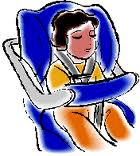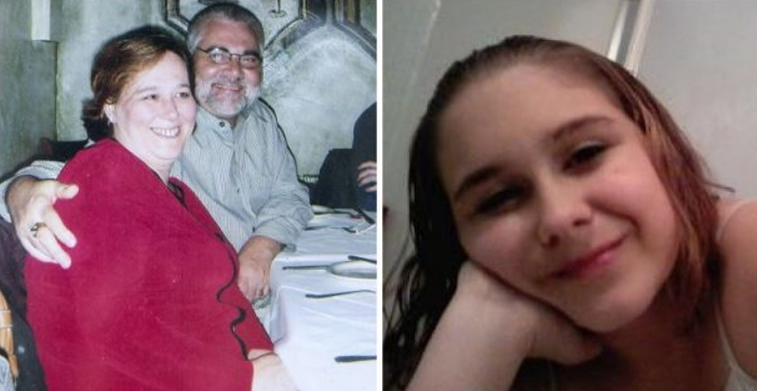 Up until now, you have had a sweet smiling bundle of joy. Then overnight things change. It seems like that gentle exterior crumbled and now you are dealing with a baby that will not stop crying, drooling everywhere, and biting everything. Take comfort there is a simple reason your baby is doing this, and there is a light at the end of the tunnel.
Up until now, you have had a sweet smiling bundle of joy. Then overnight things change. It seems like that gentle exterior crumbled and now you are dealing with a baby that will not stop crying, drooling everywhere, and biting everything. Take comfort there is a simple reason your baby is doing this, and there is a light at the end of the tunnel.
The light at the end of the tunnel comes in knowing that these are symptoms of a solvable situation. Those symptoms come from teething. Teething is something that every baby will go through between the ages of 4 months and 3 years. These symptoms do not last the entire time thankfully.
Physical Symptoms
Symptoms come in many different ways; however, all of them mean the same thing. Each baby offers pre-symptoms. These are the signs that babies give parents to let them know that it is about time to grow teeth.
Some of the symptoms are
- Chewing – This can include the bottle or breast nipple. Commonly this will help to relieve the pressure on the gums.
- Tugging on their ears, or rubbing their eyes.
- Crying is a response to all the pain that they are in.
- Fasting – Not eating is a common system because the motion of sucking causes pain.
- Drooling can cause a rash around the mouth.
- Sleeping troubles come from the gum pain.
- Bleeding gums can happen as the teeth begin to break through.
Expressive Symptoms
There are several symptoms that your little one exhibits that are emotional and not physical. Many babies tend to become a bit dependent during this time. As parents, we can note when something is off with our darlings.
It is important to remember that not all babies with getting all the symptoms. Some babies have very few symptoms; however, others end up with a lot of them. Another thing to note is that your child will not have these symptoms for the next two years. Teething is not a constant situation, symptoms come when teeth show, and then subside until the next teeth approach.






